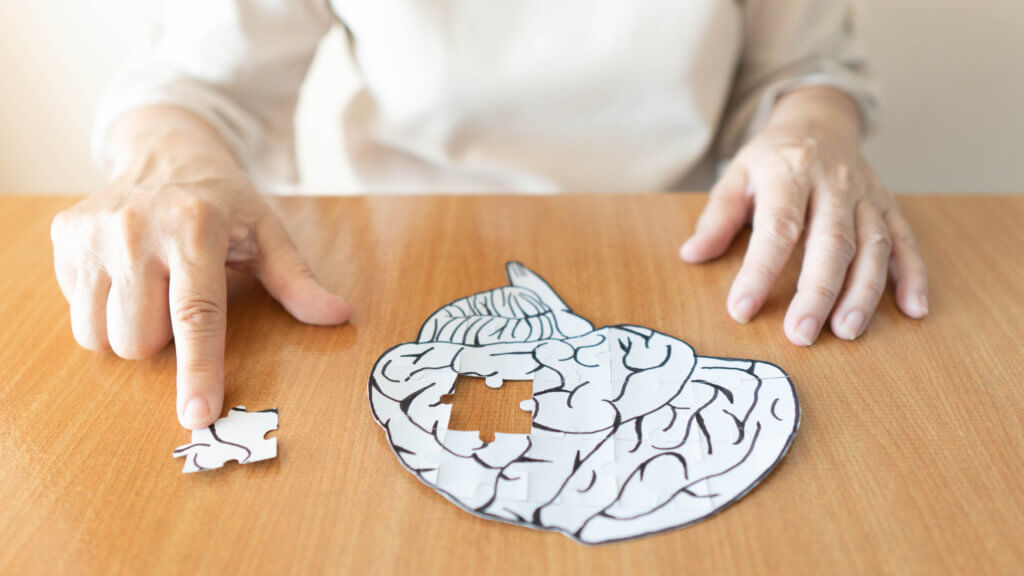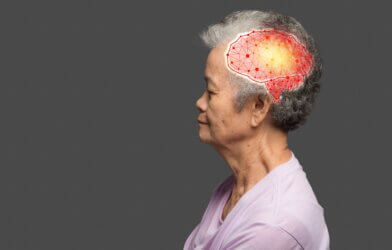Rogue brain proteins that trigger Alzheimer’s disease, the most common form of dementia, have been repaired by British scientists. In dementia, these proteins become “misfolded.” But scientists at the University of Cambridge in England got them to return to their original shape.
The team exposed the cells to stress, underlining the old adage that a little can be good for health. It offers hope of curing the memory-robbing illness. Dementia cases are expected to triple to 150 million worldwide by 2050.
The study identifies a mechanism that reverses build up of fine fibers, or fibrils, of amyloid beta and tau that kill neurons. It prevents them from clumping together in gray matter, which makes patients become confused.
“Just like when we get stressed by a heavy workload, so, too, cells can get ‘stressed’ if they are called upon to produce a large amount of proteins,” says lead author Dr Edward Avezov, from the UK Dementia Research Institute, in a statement. “There are many reasons why this might be, for example when they are producing antibodies in response to an infection.
“We focused on stressing a component of cells known as the endoplasmic reticulum,” he continues, “which is responsible for producing around a third of our proteins – and assumed that this stress might cause misfolding.”
Deformed proteins are a characteristic of neurodegenerative diseases such as Alzheimer’s and Parkinson’s. Protein folding is a normal process in the body. In healthy individuals, cells carry out a form of quality control to ensure they are correct – and others are destroyed. When the system becomes impaired, there are potentially devastating consequences. The study offers hope of effective drugs that have remained elusive.
The ER (endoplasmic reticulum) is a membrane found in mammalian cells that carries out many important functions. They include the synthesis, folding, modification and transport of proteins needed on the surface or outside. Researchers suspected stressing it may lead to misfolding and aggregation. They were surprised to discover the opposite.
“We were astonished to find stressing the cell actually eliminated the aggregates – not by degrading them or clearing them out, but by unravelling the aggregates, potentially allowing them to refold correctly,” says Dr. Avezov. “If we can find a way of awakening this mechanism without stressing the cells – which could cause more damage than good – then we might be able to find a way of treating some dementias.”
The main component of this mechanism appears to be one of a class of proteins known as heat shock proteins (HSPs). More are made when cells are exposed to temperatures above their normal growth temperature, and in response to stress. It offers hope of shedding light on one of the more unusual observations within the field of dementia research.
“There have been some studies recently of people in Scandinavian countries who regularly use saunas, suggesting they may be at lower risk of developing dementia,” adds Dr. Avezov. “One possible explanation for this is that this mild stress triggers a higher activity of HSPs, helping correct tangled proteins.”
The field of investigation has been hindered by the inability to visualize these processes in live cells. Working with teams from the U.S. and Portugal, Dr. Avezov and colleagues developed a method that detects protein misfolding. It relies on measuring light patterns of a glowing chemical over a scale of nanoseconds – one billionth of a second.
“It is fascinating how measuring our probe’s fluorescence lifetime on the nanoseconds scale under a laser-powered microscope makes the otherwise invisible aggregates inside the cell obvious,” co-lead author Professor Eduardo Melo, of the University of Algarve.
Alzheimer’s disease affects an estimated 6 million Americans, according to the Alzheimer’s Association. A staggering third of seniors die with the disease or some form of dementia.
The findings are published in the journal Nature Communications.
Report by Mark Waghorn, South West News Service












